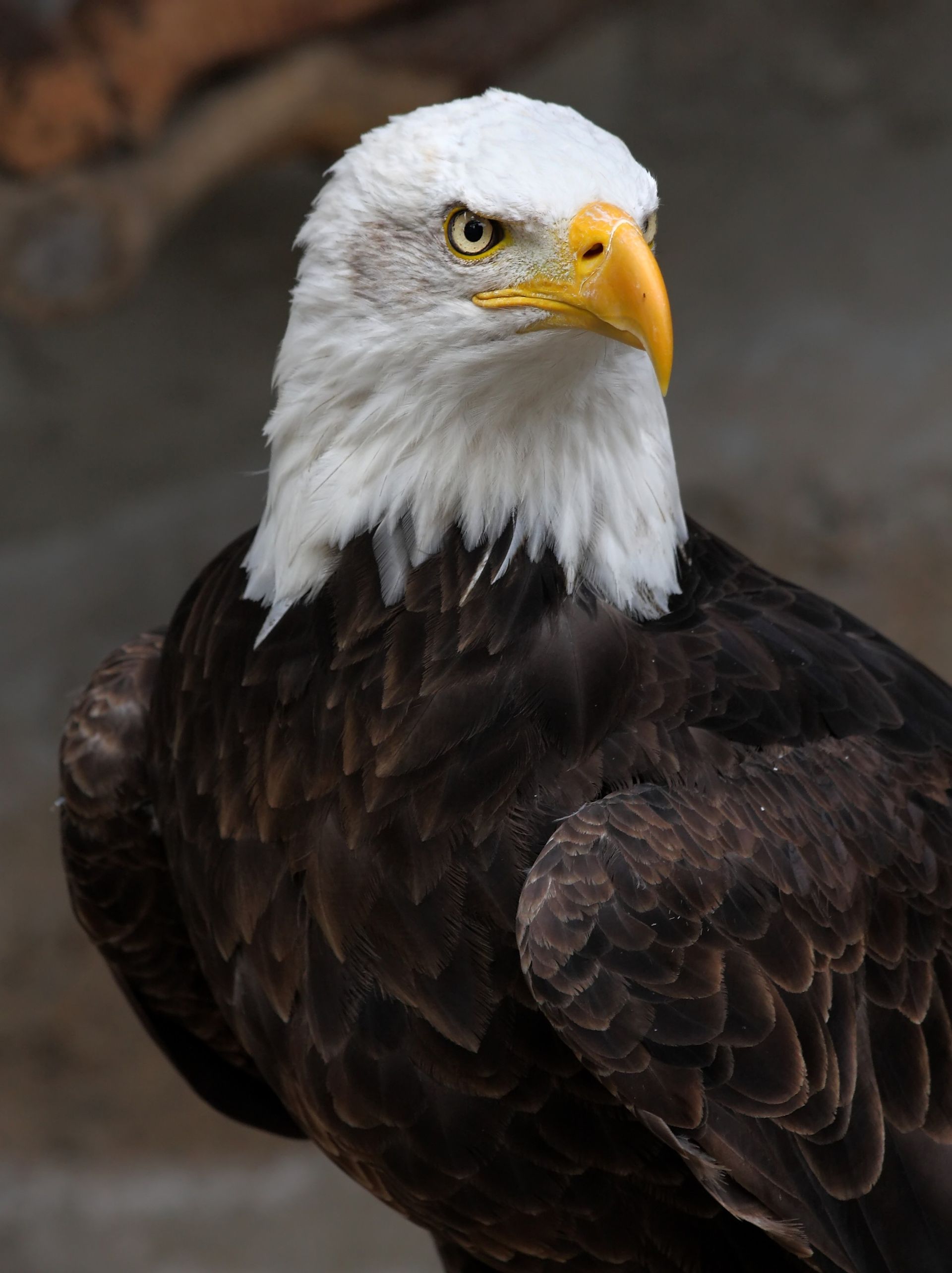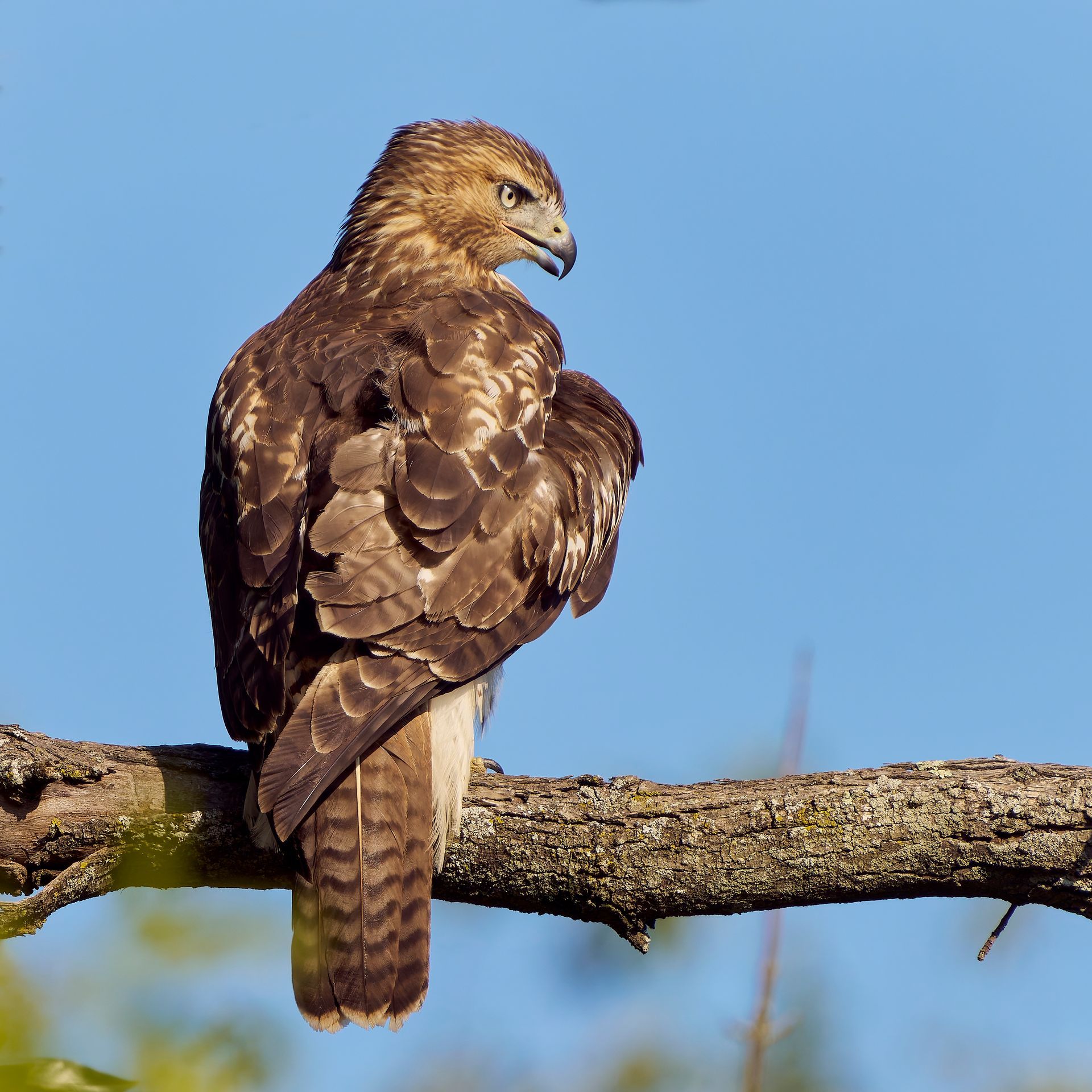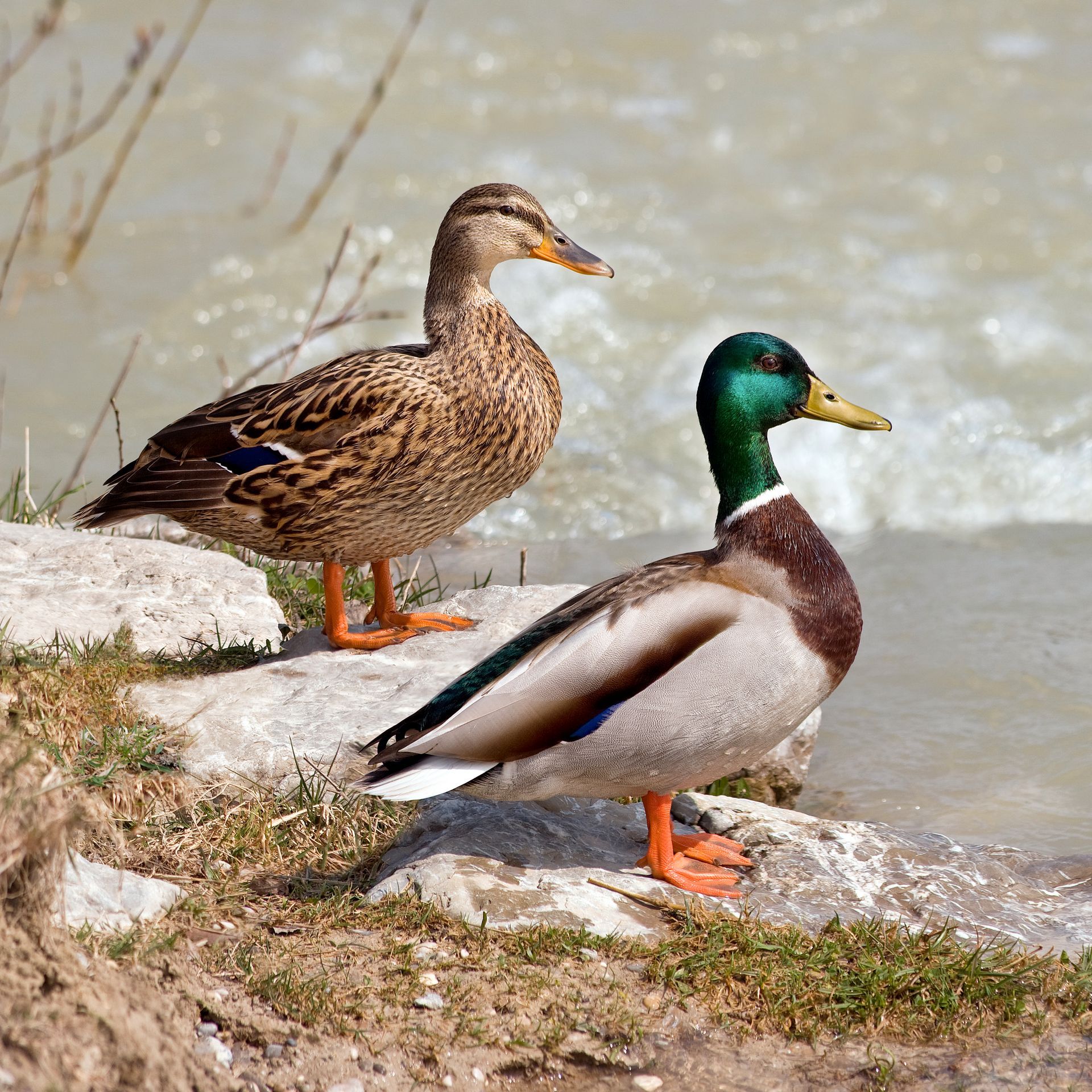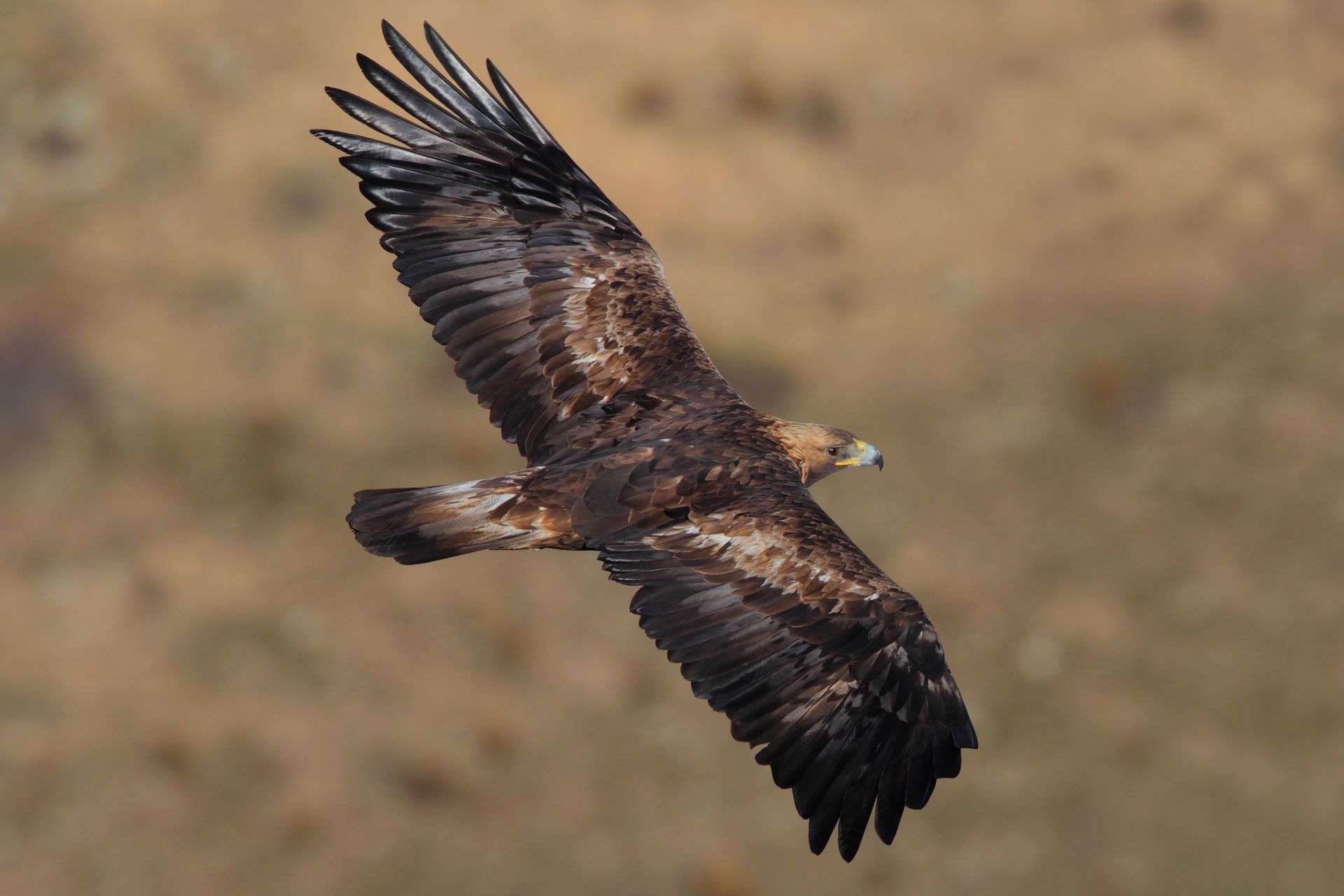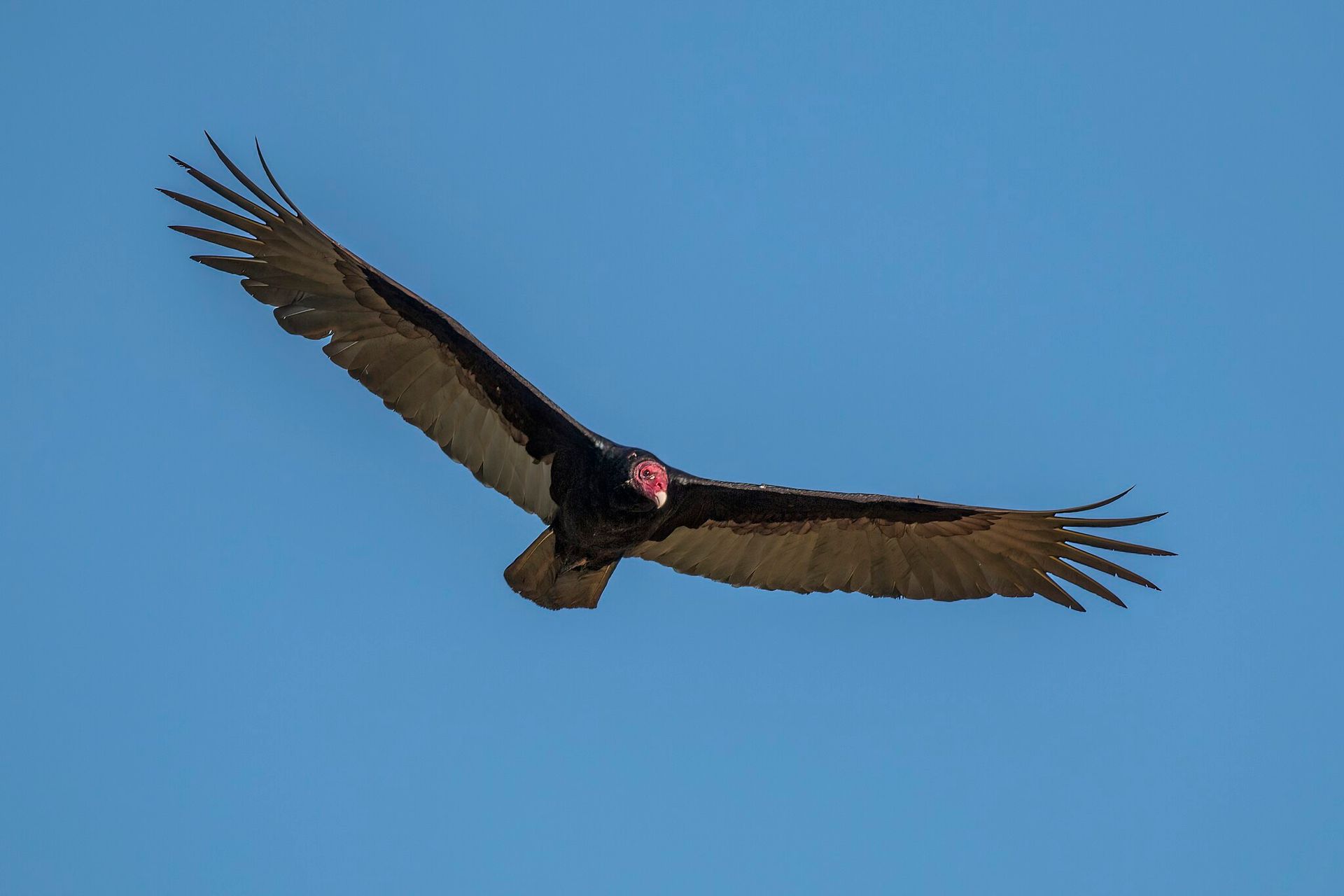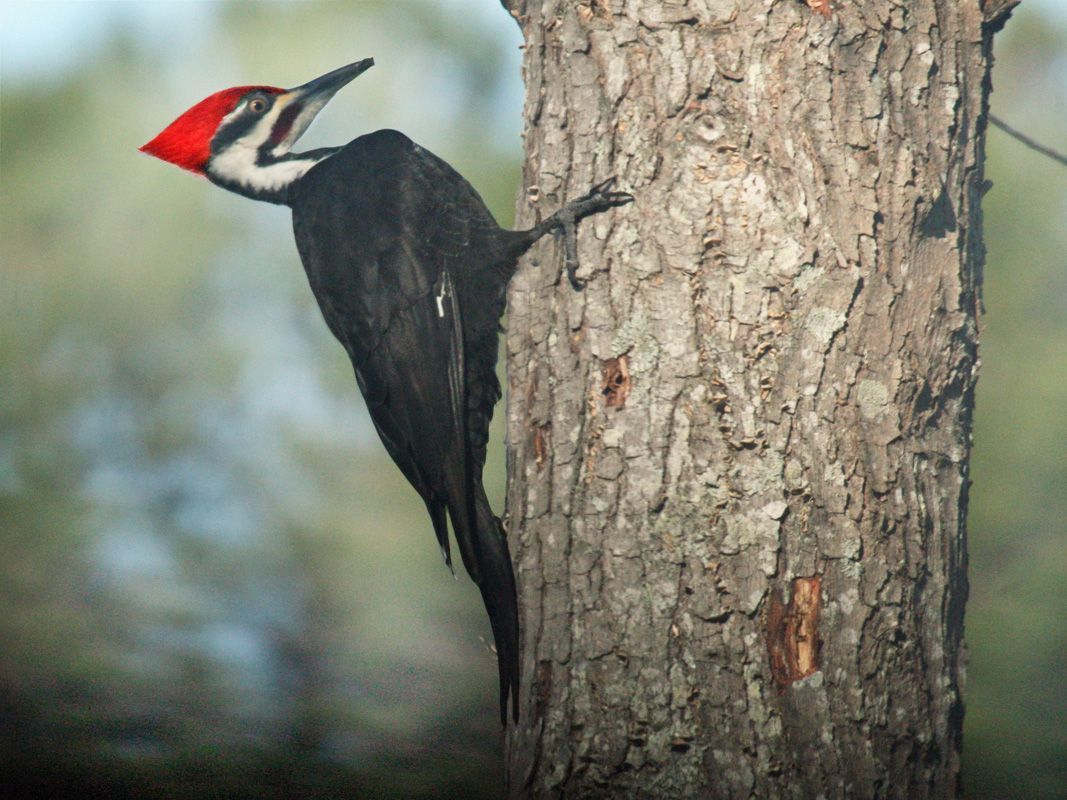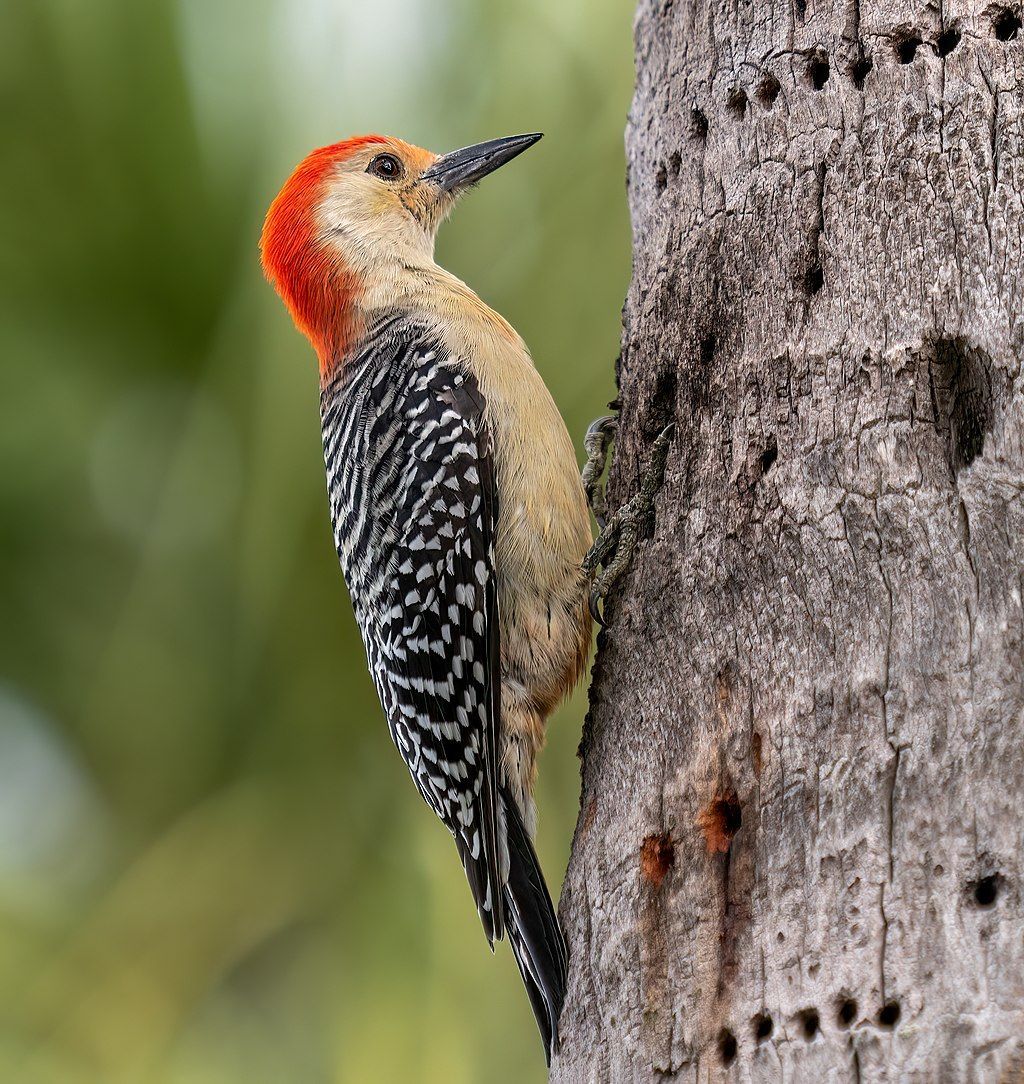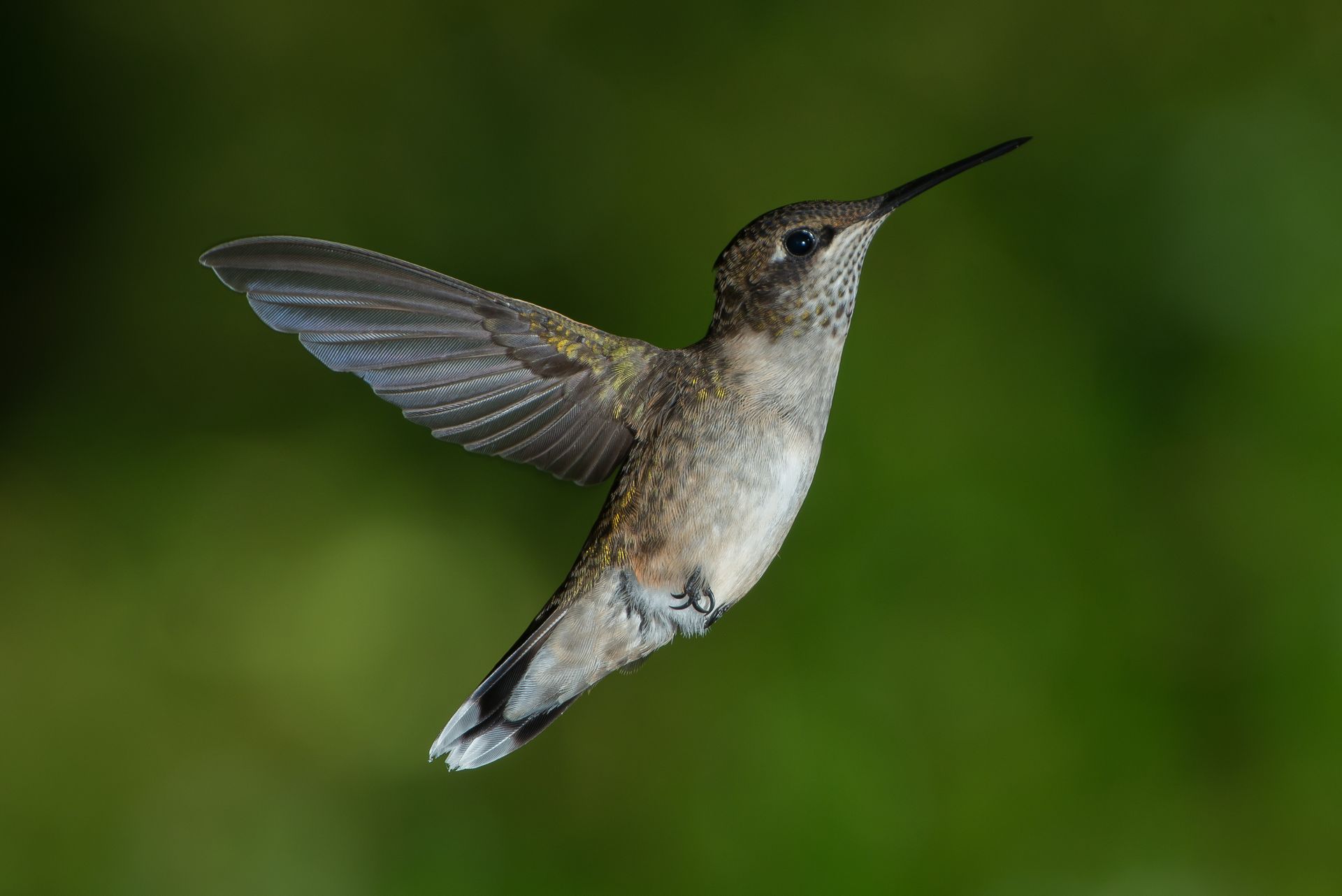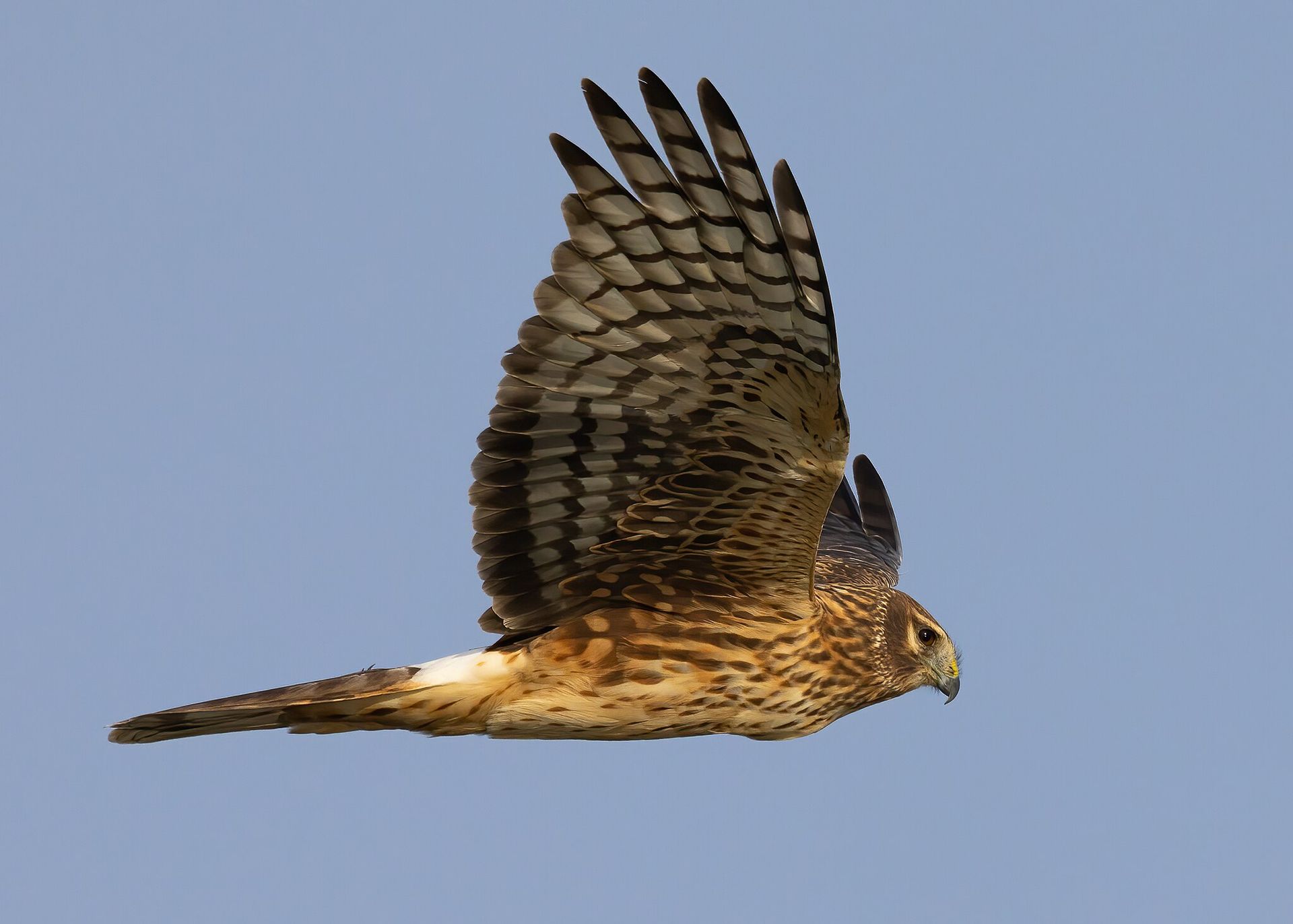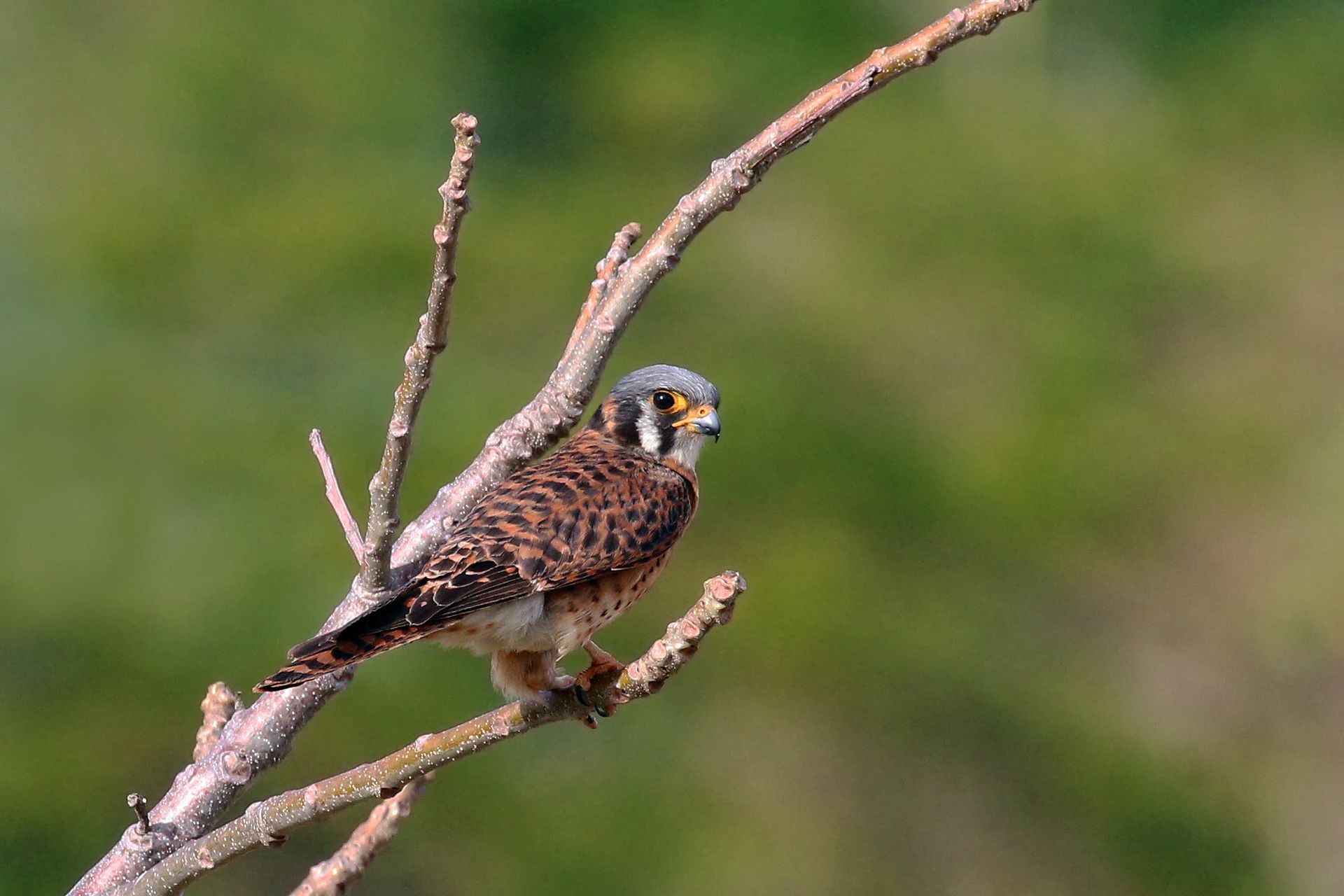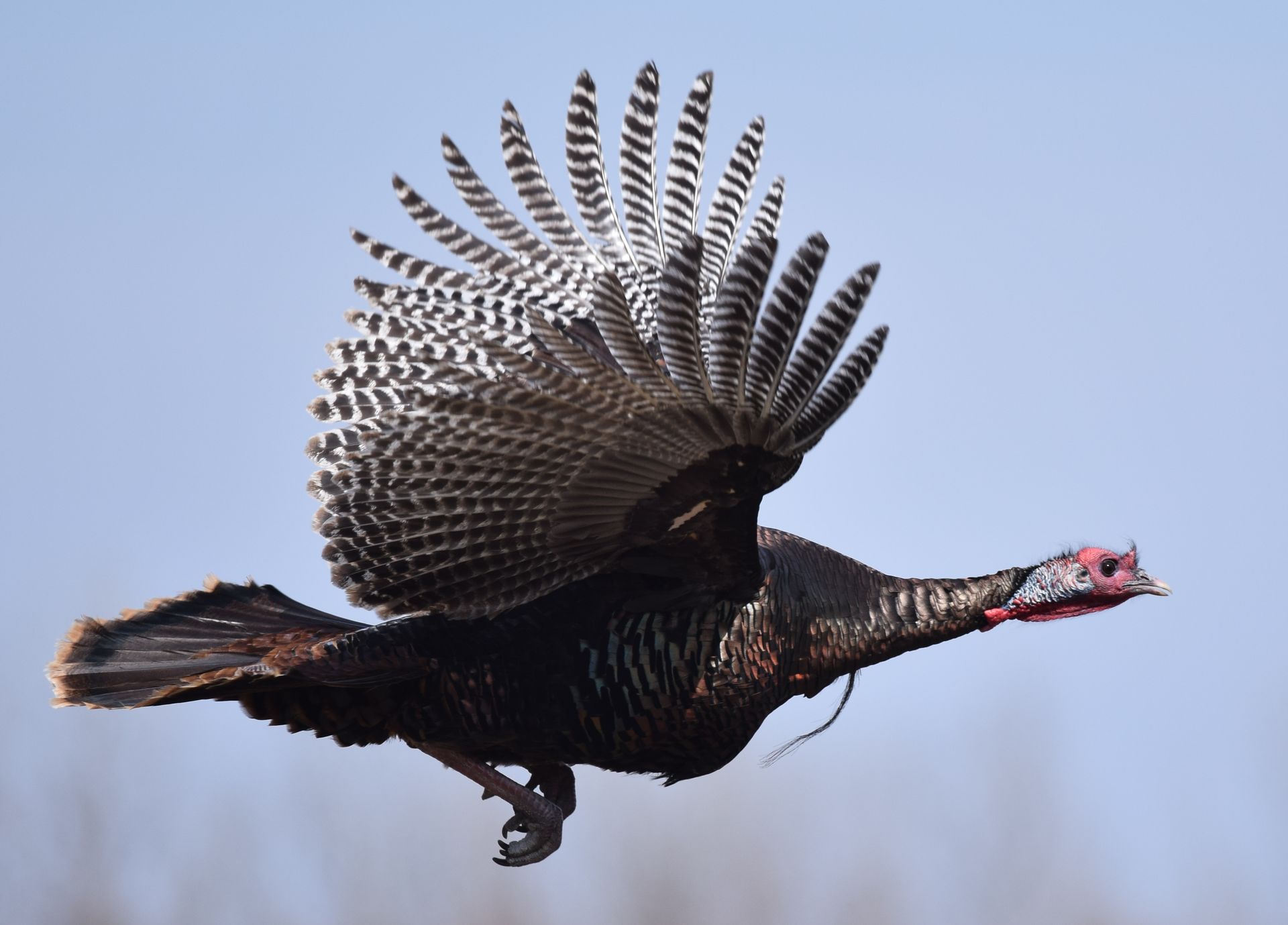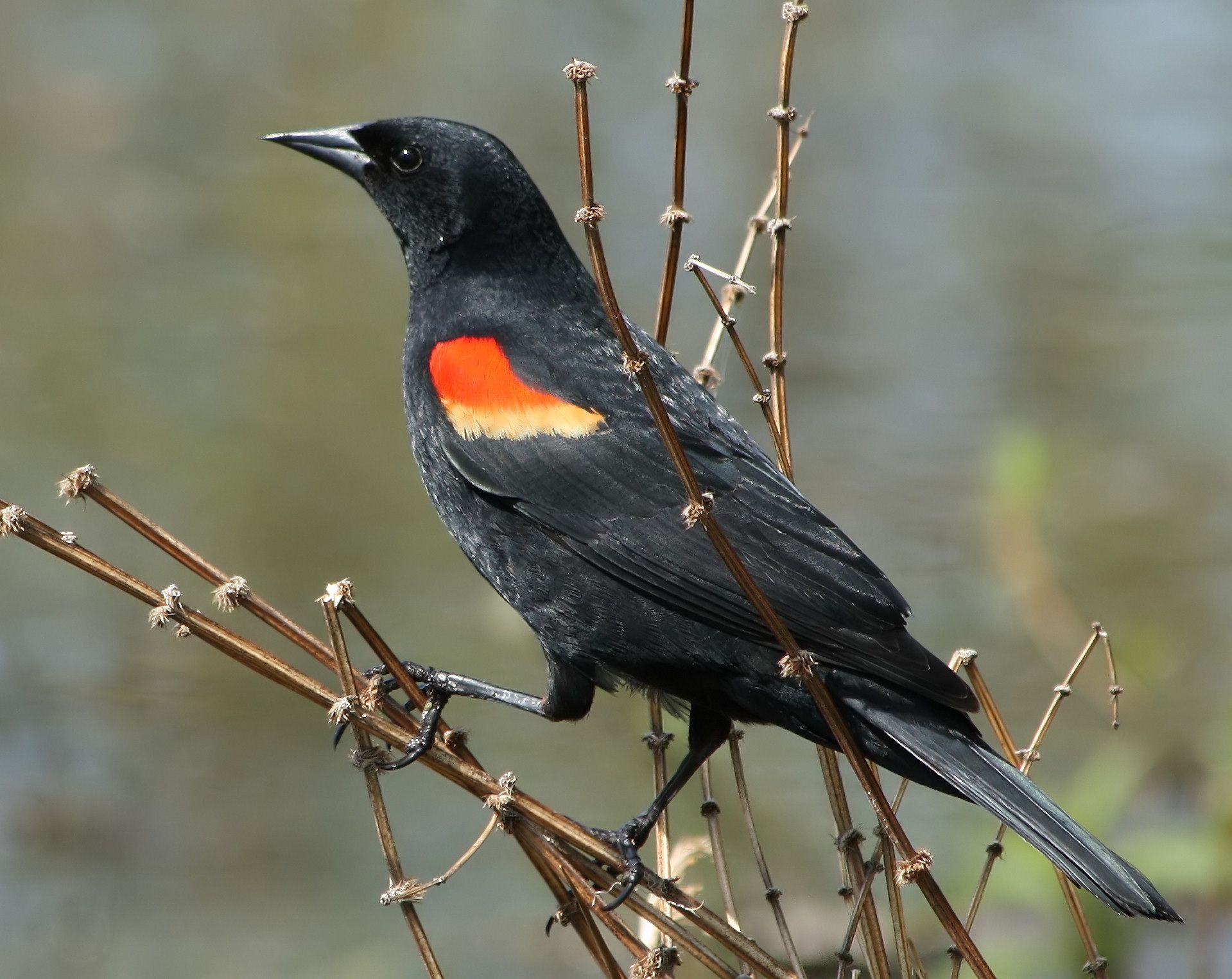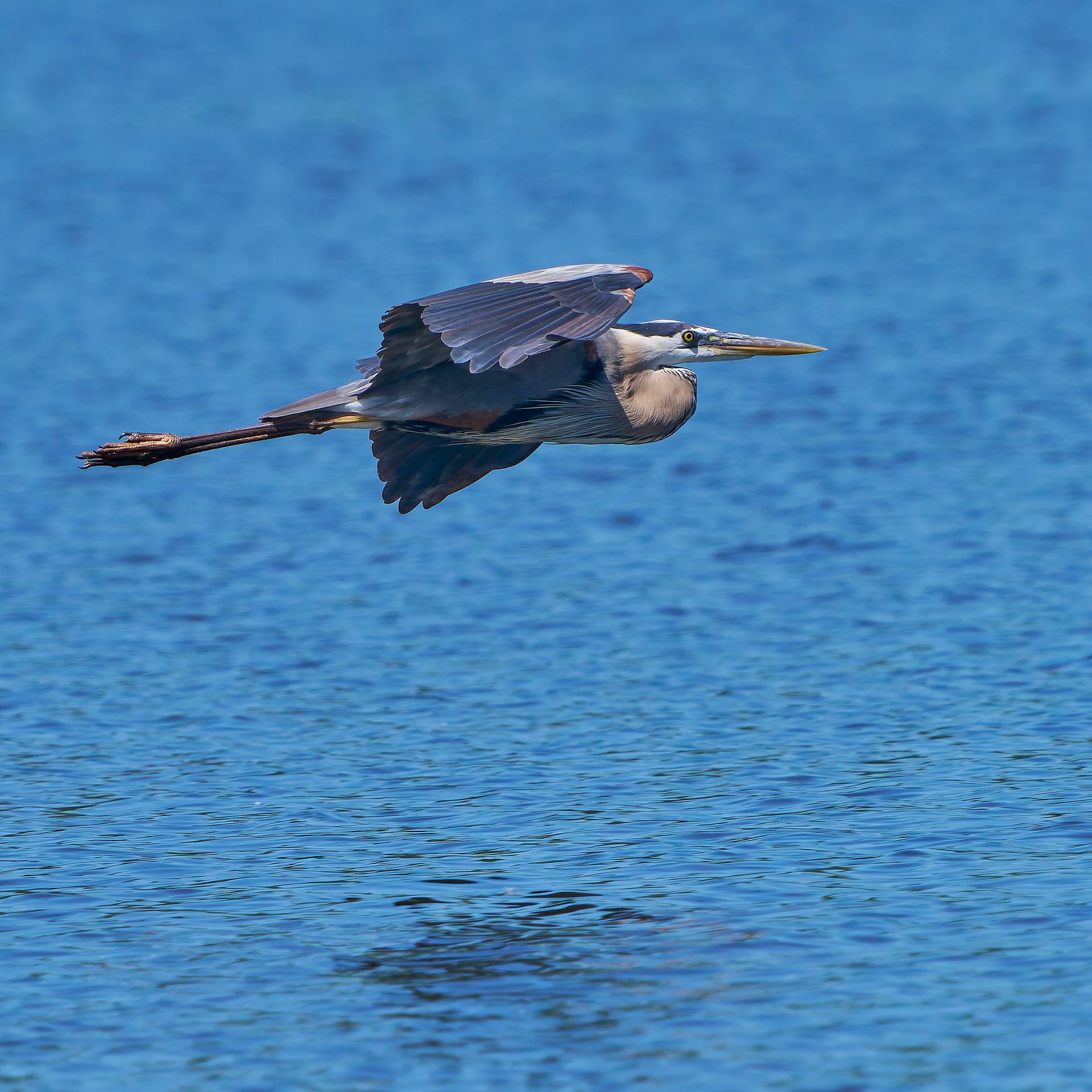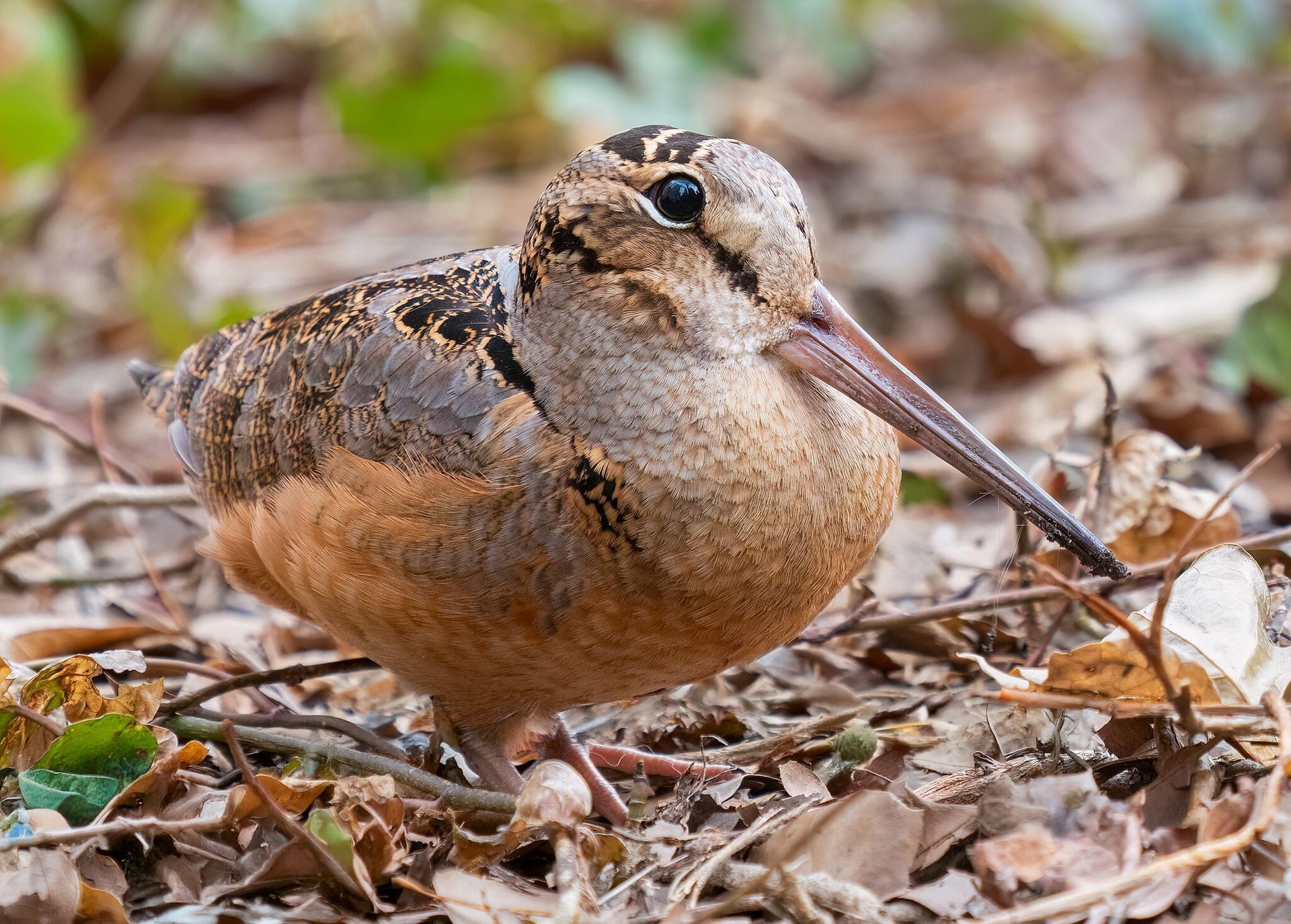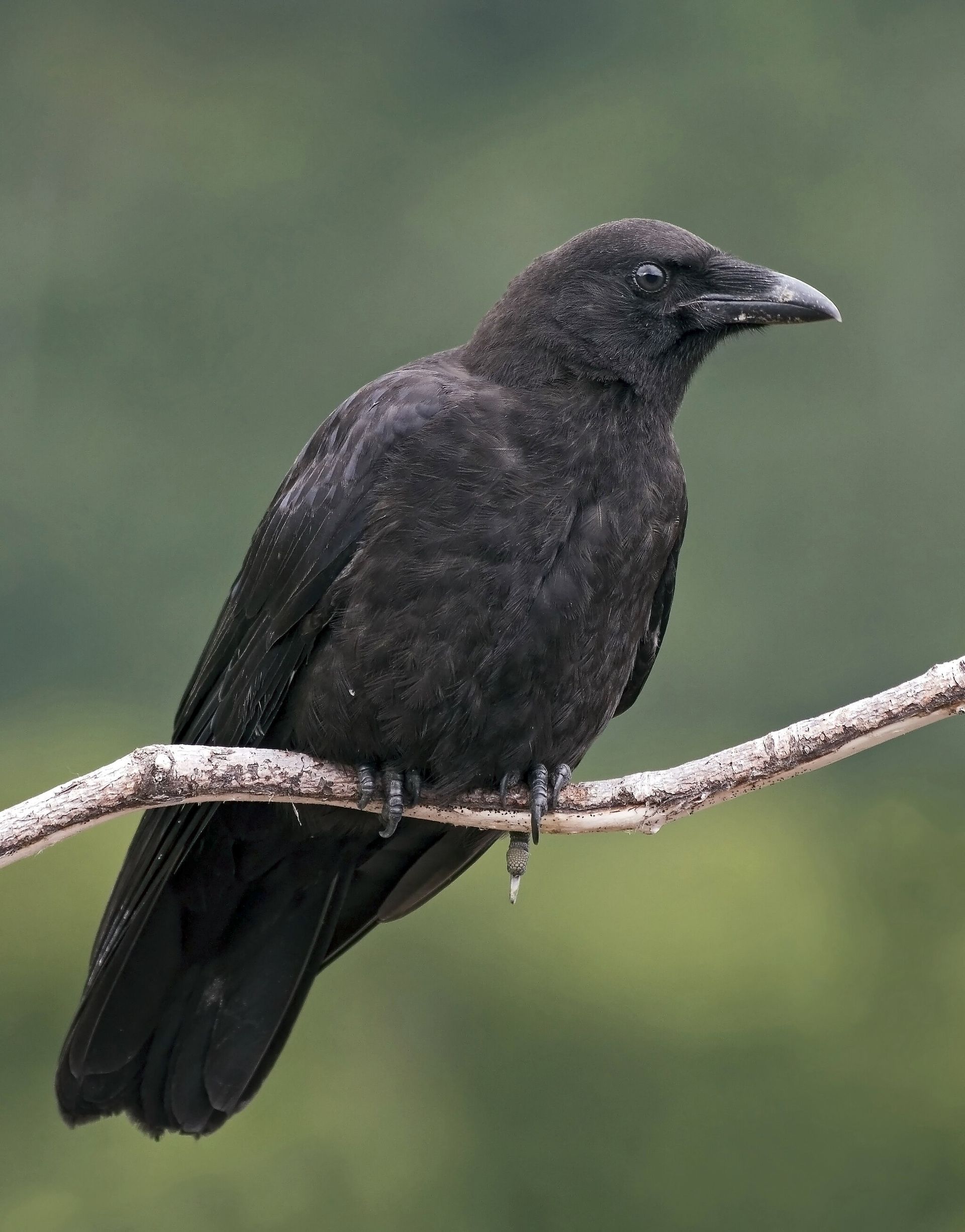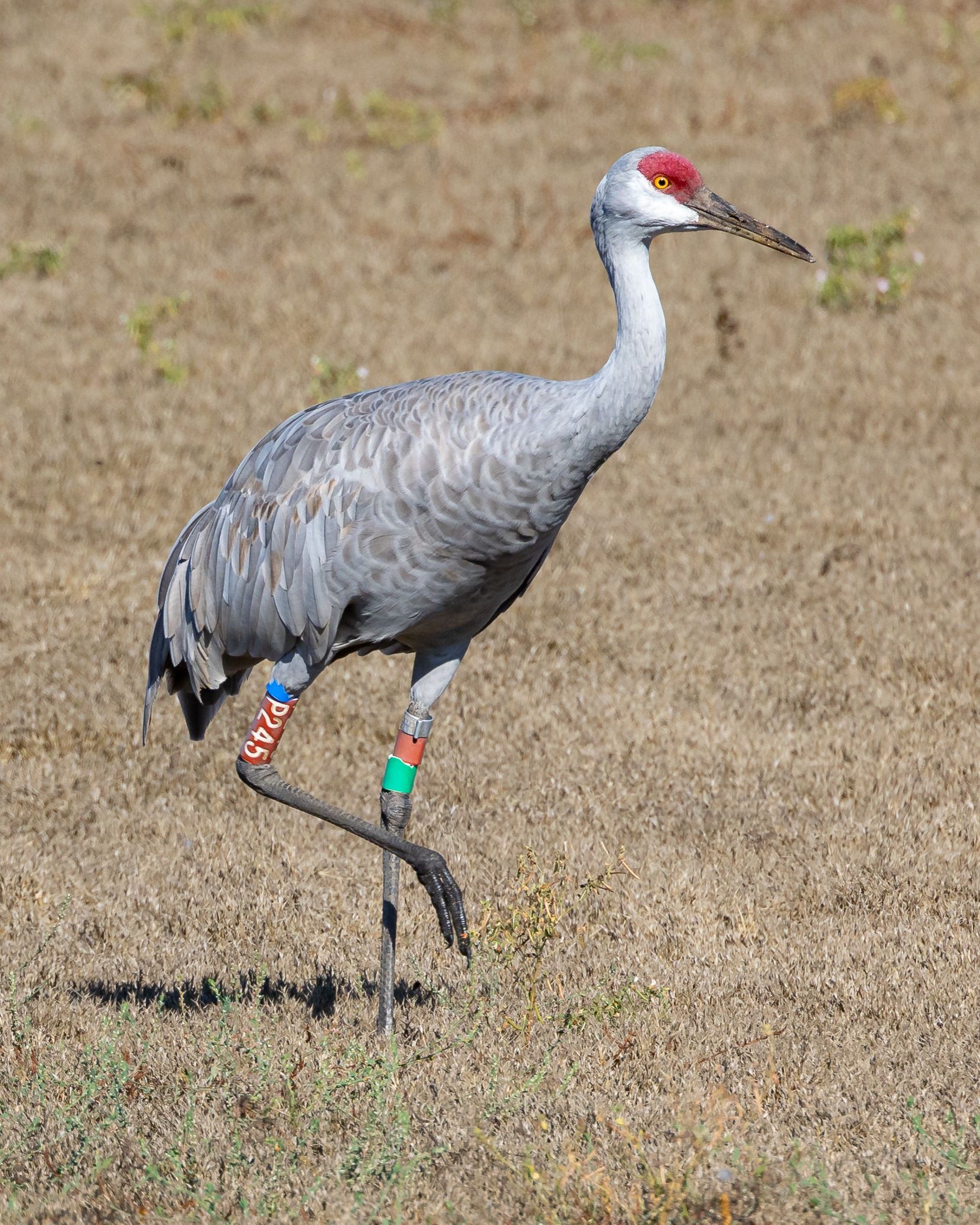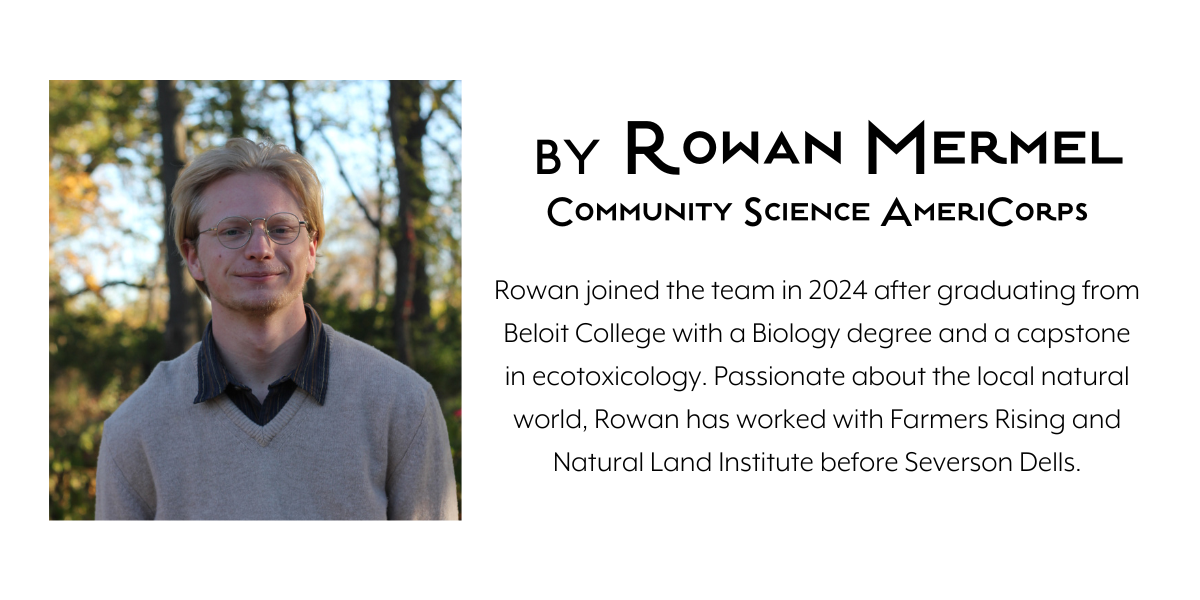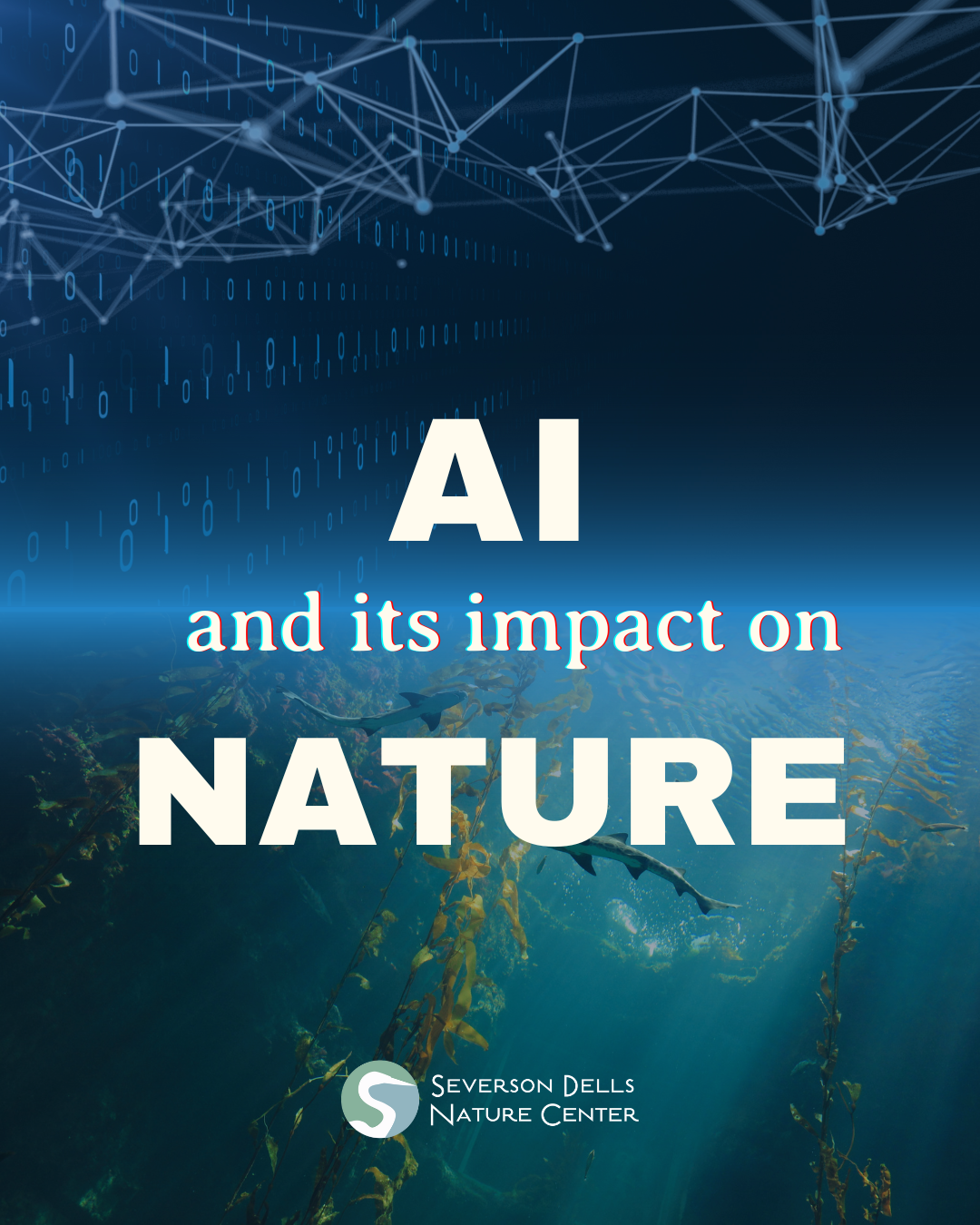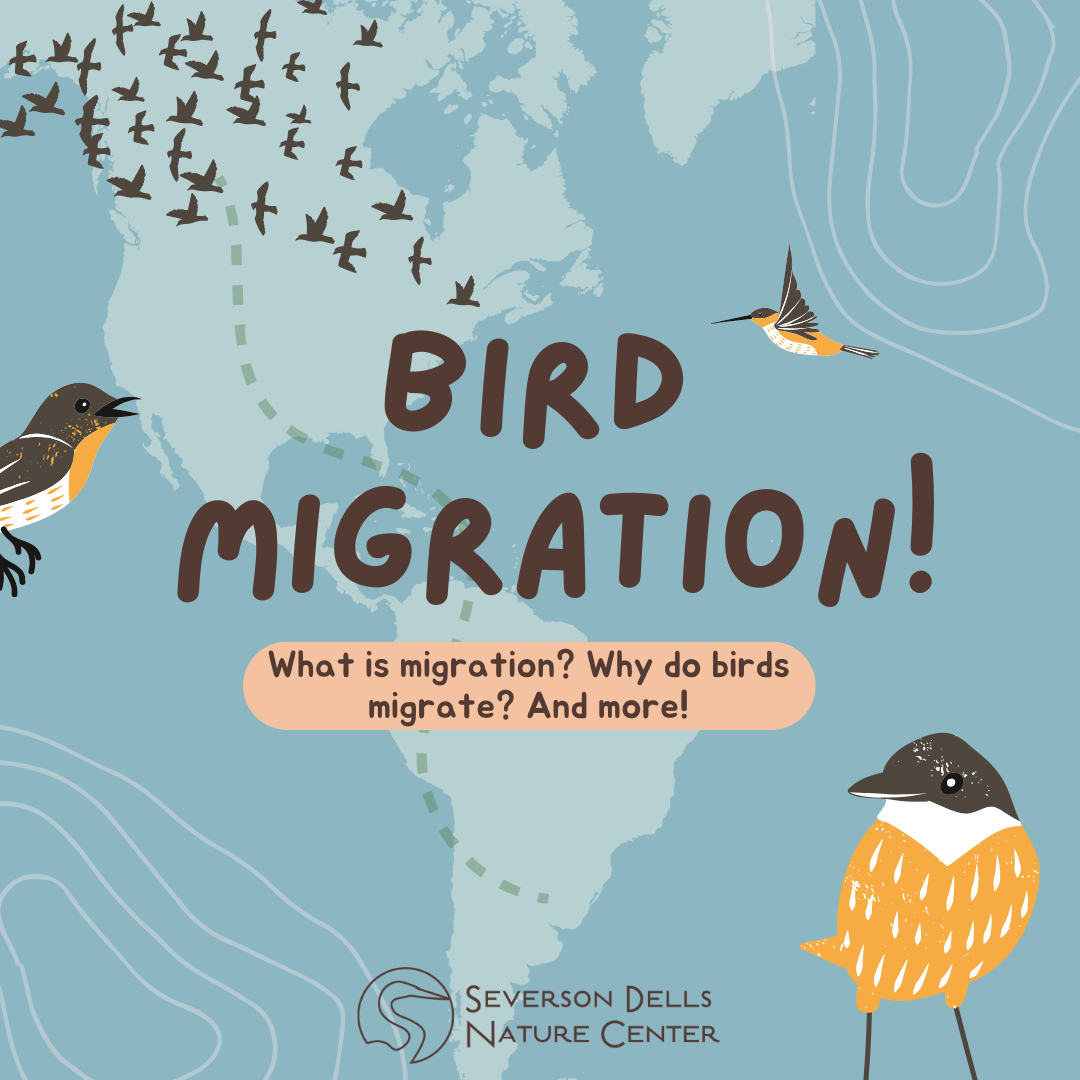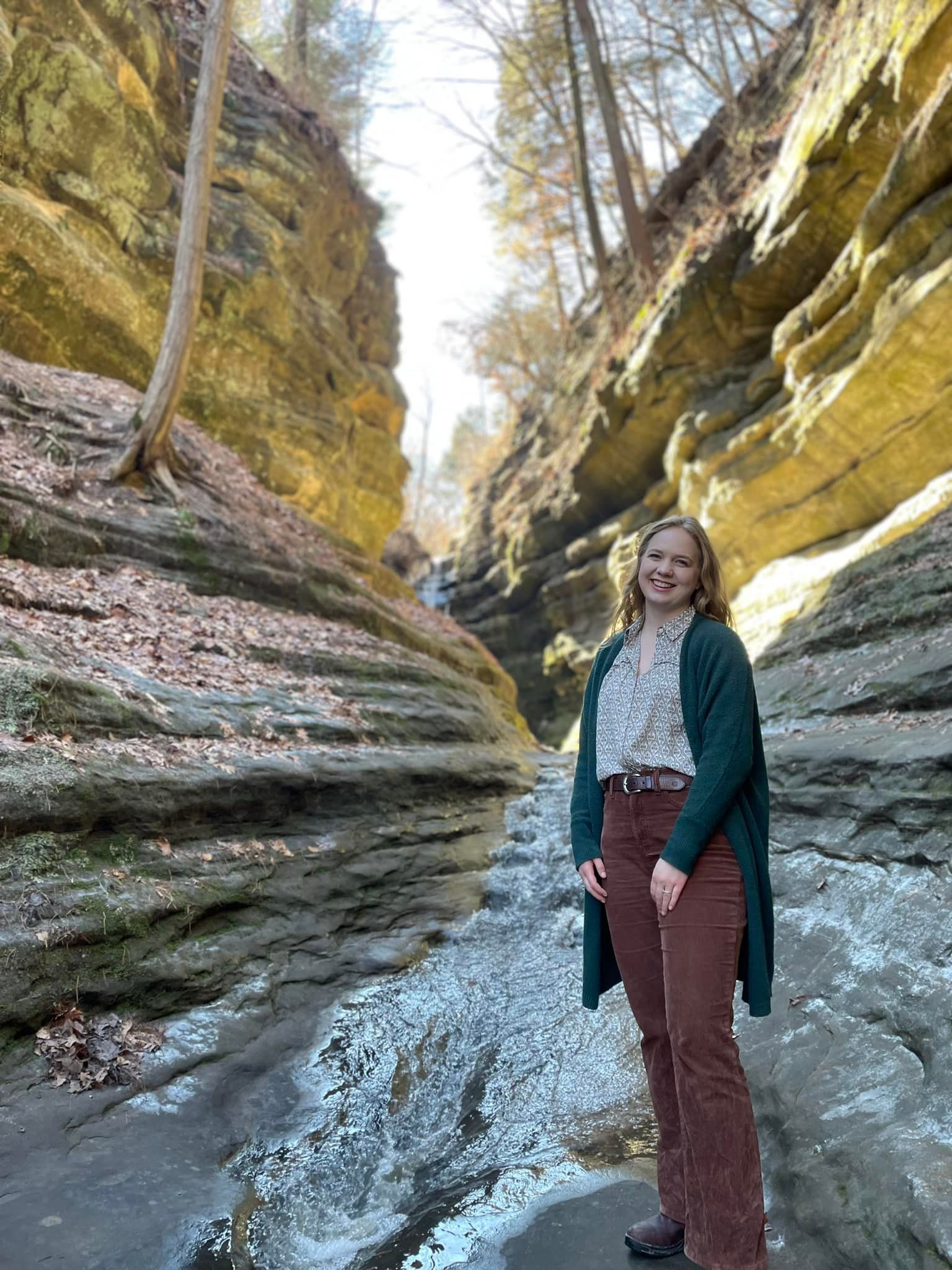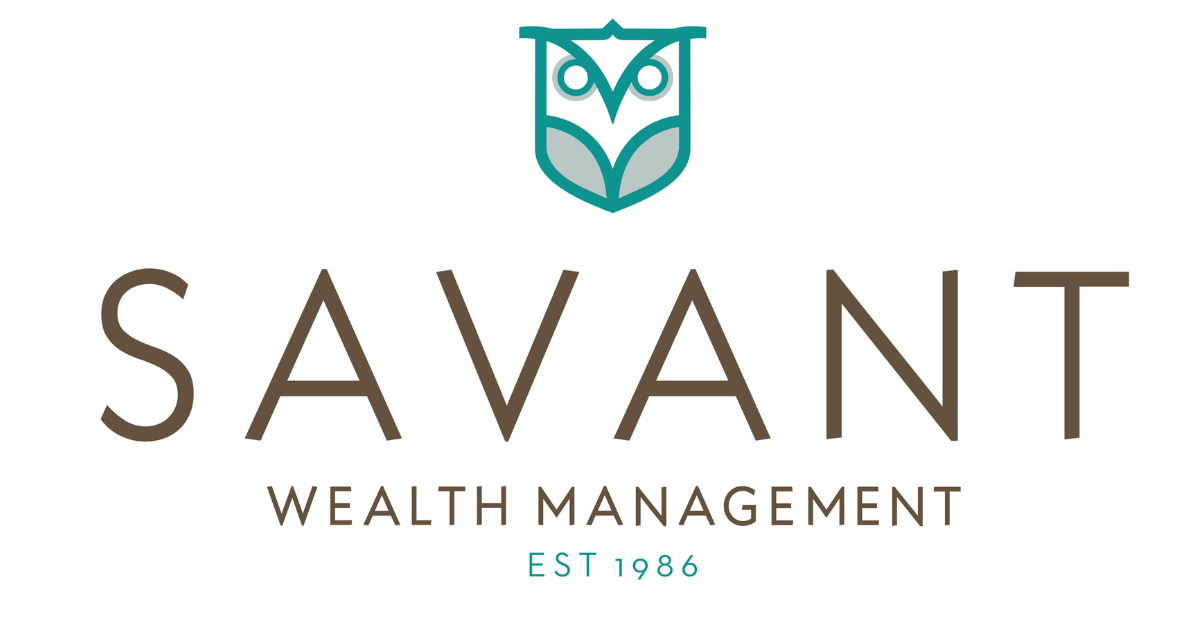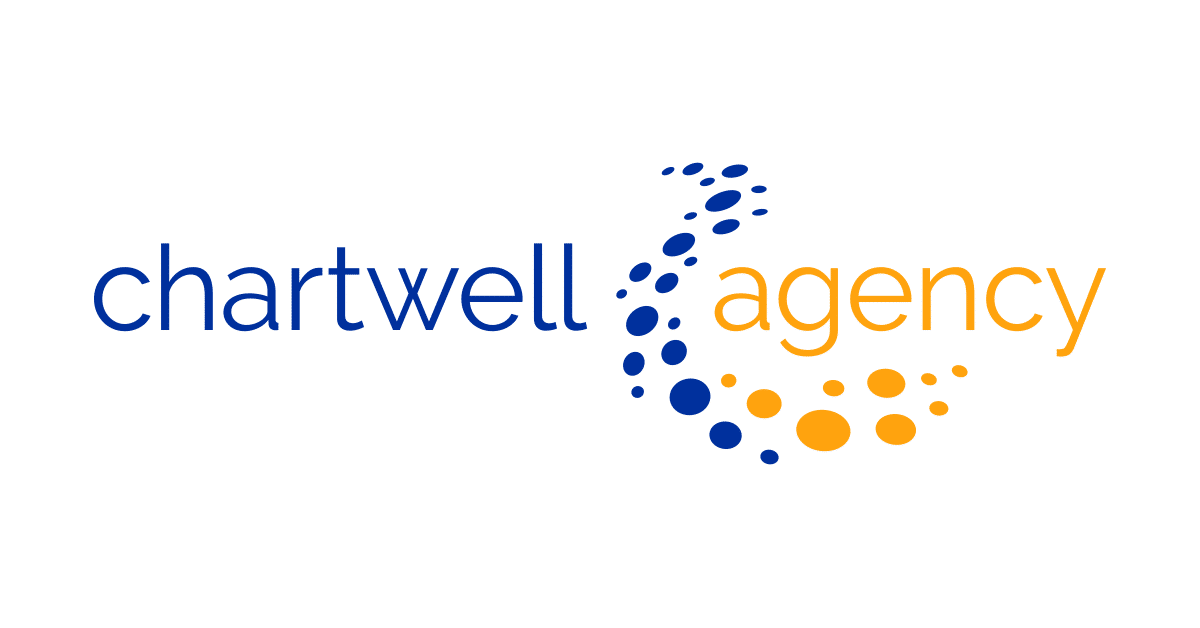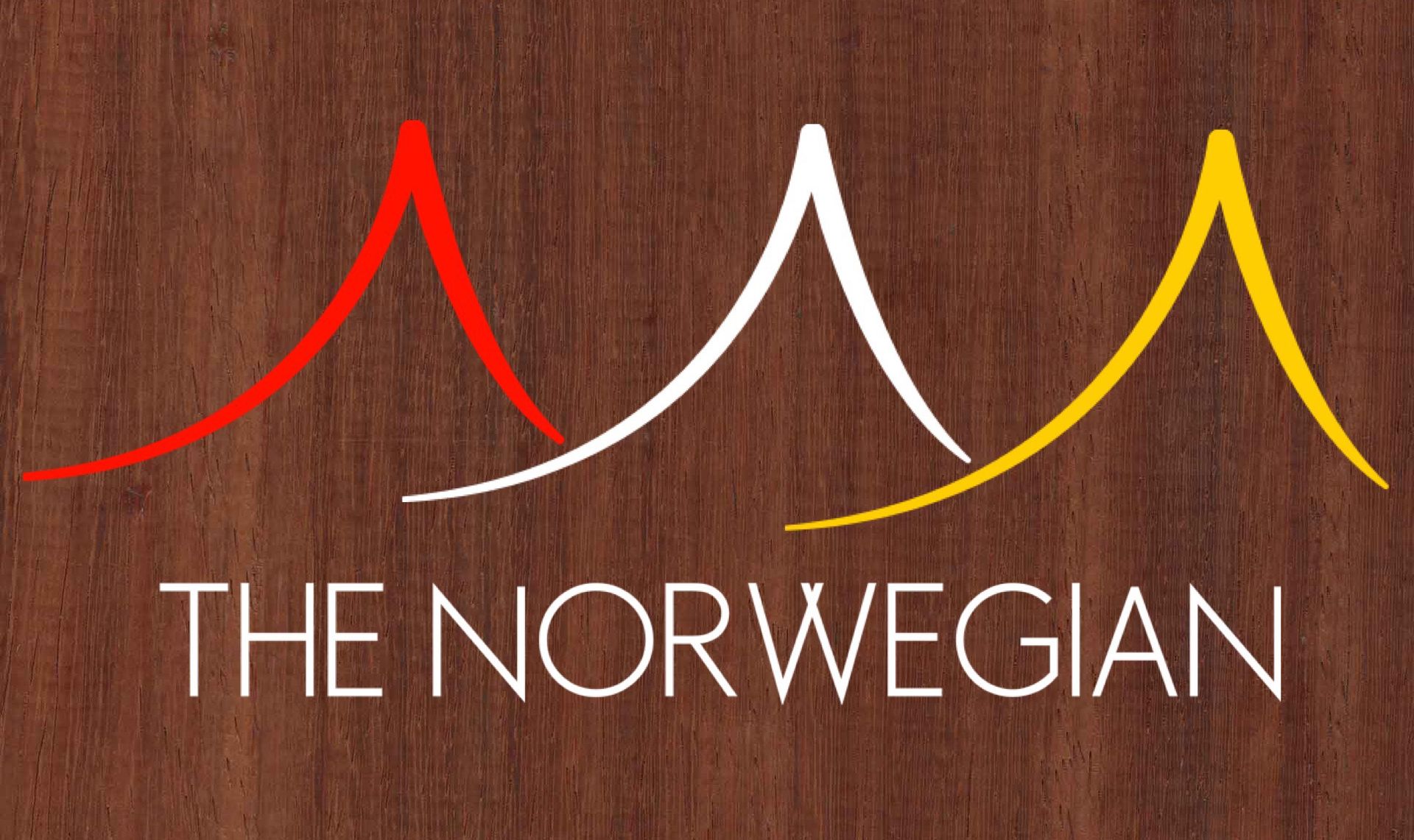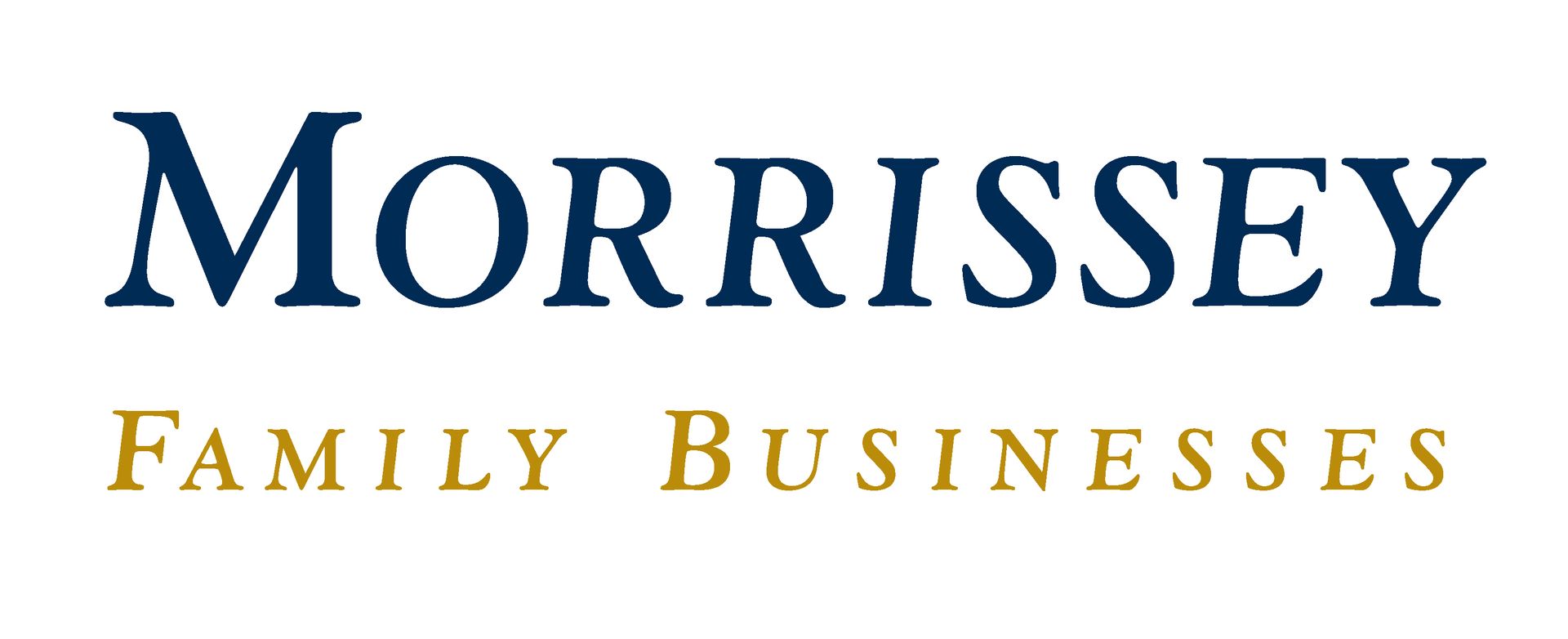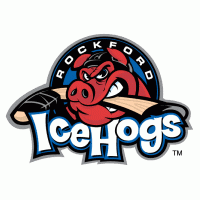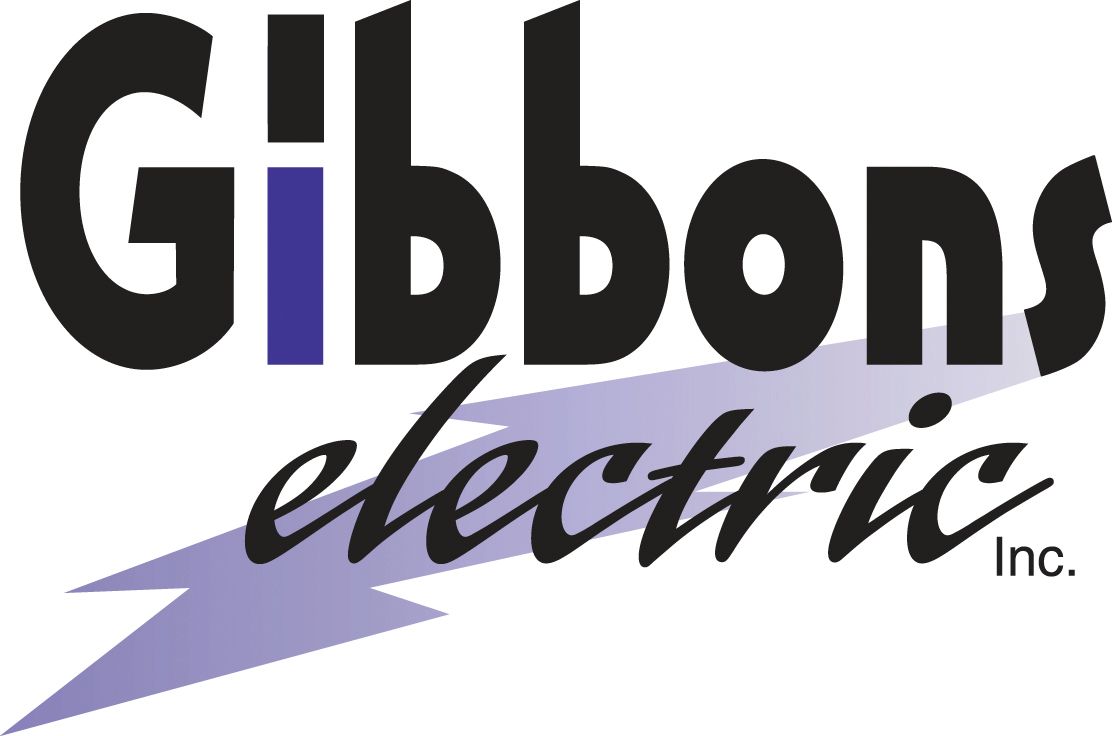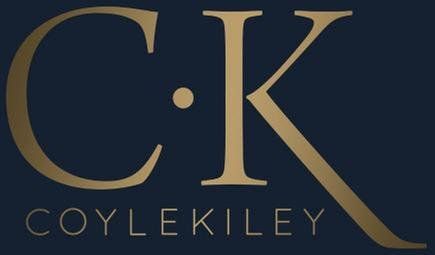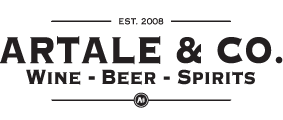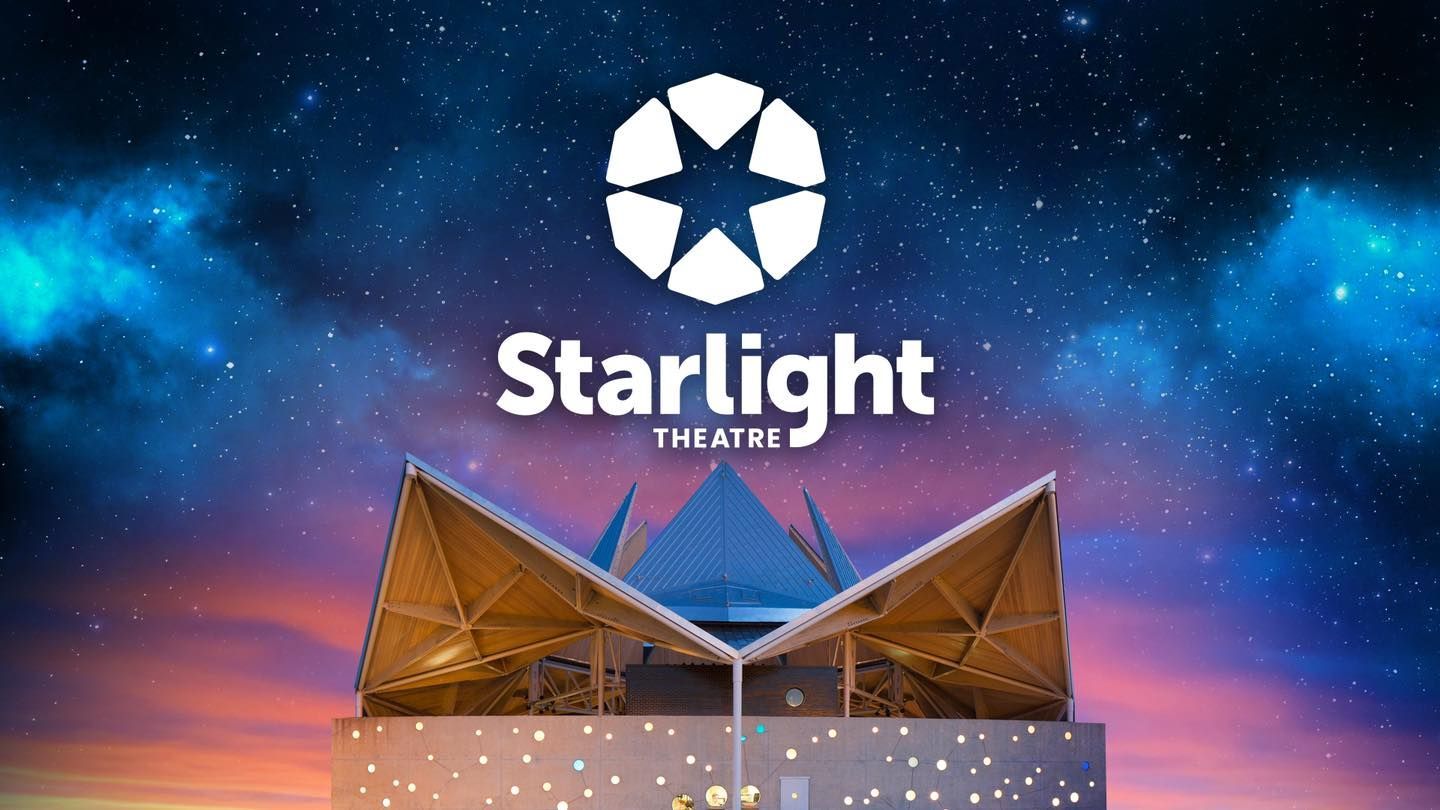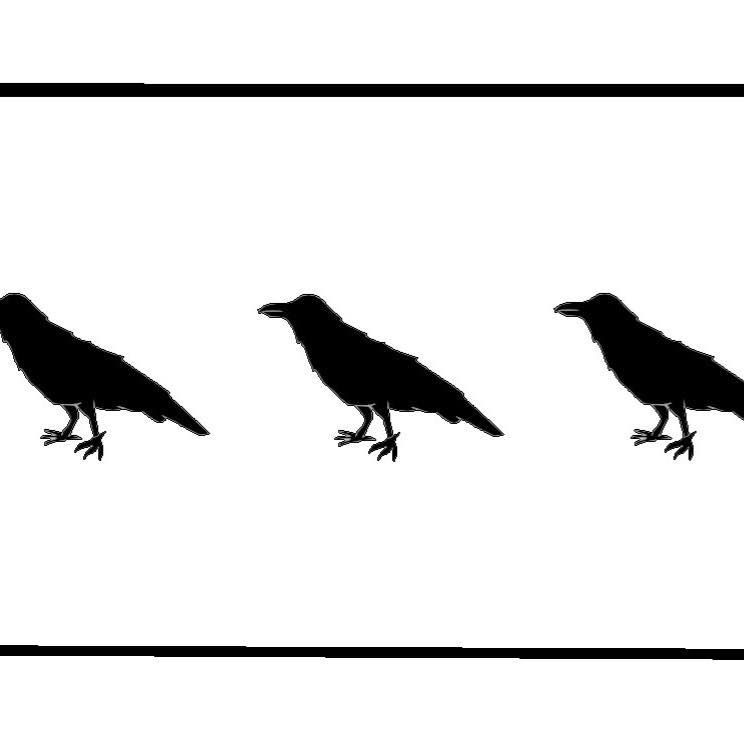By Andrea Wallace
•
March 28, 2025
No AI tools were used in the making of this article. Artificial Intelligence (AI): the ability of a digital computer or computer-controlled robot to perform tasks commonly associated with intelligent beings. (Encyclopedia Brittanica) Why would a nature center, whose staff spend much of their days trotting down forest-lined trails with a pack of eager students behind them, concern themselves with an AI policy? Further, why would any organization, especially a small non-profit, concern themselves with making a policy about it? These things take time, consideration, effort, and intention. Policies are drafted by committees and voted on by boards. Is AI really worth that work? It is, and here’s why you should care. Whether you are a corporate employee, high school student, retiree, parent, or fellow environmental educator, AI is already changing your life. For many, it’s making jobs obsolete before our very eyes and changing a growing number of aspects of our daily lives, from search engines to healthcare decisions. The full impact of AI on society is beyond our scope as a nature center, but we’d like to tell you more about our AI policy and why we decided to write one. Traditional vs Generative AI Traditional AI has been around for a while. The US Department of Defense began to develop “AI” models as early as 1960s. Traditional AI can help with automation, decision making, spotting anomalies, analyzing data sets, and more. AI works by learning from patterns in large data sets and applying mathematical models and algorithms to them. As an AI system is developed, it can adapt to changes and make predictions. ( Traditional AI vs Generative AI: What’s the Difference? University of Illinois Office of Online Programs ). Generative AI has become more widely available in the past few years. This is the kind of AI you see in Chat GPT and other similar models. “ At a high level, generative models encode a simplified representation of their training data and draw from it to create a new work that’s similar, but not identical, to the original data.” In other words, whenever AI is used to generate text, music, images, videos, and more, this is considered to be “generative AI.” AI and Severson Dells There are many benefits to AI. It can automate systems, cut cumbersome corners, optimize workflows, reduce redundancy, and more. AI can make lives and work easier, and many people have seen some of the ways it can do that. During the rise of generative AI, we, like many others looking to increase productivity, experimented with these generative AI tools. However, that didn’t last long. Our team quickly recognized the imbalance favoring risk rather than reward, which led us to develop an AI use policy. Going into the process of writing an AI use policy and considering organizational parameters, we knew that many of the systems we use already have AI Integration. Auto-complete email suggestions, image background removers, closed-caption generators, and more are automatically included in the systems we use. A complete separation from AI and systems that use AI is nearly impossible using the digital tools needed to be successful in today's workplace. As an organization, we knew we wanted to be thoughtful about the integration of AI into our workflows. We wanted clear limitations to when, where and how we’d use it, and for what reason. Thoughtful self-regulation and accountability were important to us, especially as an nature-based organization considering the environmental impacts of AI. That’s why we implemented an AI policy created using current best practices with input from staff and approved by our board of directors. AI and Environment Anytime we turn on a computer or type in a search bar, we are using energy. Cloud computing- which is the on-demand use of servers, storage, databases, networking, analytics, and more through the internet- is responsible for 2.5-3.7% of all global greenhouse gas emissions . We can expect greenhouse gas emissions generated by cloud computing to increase even more with increased AI use, as “ generative AI training cluster might consume seven or eight times more energy than a typical computing workload .” (Norman Bashir, lead author of the impact paper, who is a Computing and Climate Impact Fellow at MIT Climate and Sustainability Consortium (MCSC) and a postdoc in the Computer Science and Artificial Intelligence Laboratory (CSAIL). A traditional search engine response takes 30 times less energy than an AI-generated one. Generating 2 AI images takes as much energy as charging a cell phone. Data centers alone are “ expected to approach 1,050 terawatts (which would bump data centers up to fifth place on the global list, between [the nations of] Japan and Russia)” in electricity consumption by 2026. ” It’s possible that “ data centers could contribute more than 60% of incremental US power demand through the end of the century .” Some potential solutions to minimize the environmental toll of data centers include : purchasing carbon credits to offset emissions, investing in smaller language models, adjusting workloads around peak energy demand times, optimizing chips for efficiency instead of power, and tracking energy usage. Generative AI requires more than just energy to function. Every time someone types into Chat GPT or uses any cloud computing, the data processors generate heat that would slow computing and lead to dangerous conditions for the physical centers if left unchecked. Most centers use chilled water to absorb heat in data centers and therefore cool them. Our team has spent the last two winters visiting schools to teach about water as a resource, so we know a thing or two about water in human systems. Water, especially freshwater, is a valuable resource. Only .075% of the earth’s water is fresh surface water in liquid form. Global AI use of water will soon be 6 times more than the country of Denmark. Water usage for AI is expected to hit a staggering 1,743,535,545,564 gallons of water by 2027. , which is alarming considering a quarter of humanity already lacks access to clean water and sanitation. There are more environmental impacts of AI usage, including mining for the rare earth minerals to make processors that can keep up with the demands of AI. A 2 kg computer requires 800 kg of raw materials to manufacture , and data centers operate on a much larger scale than that. Further, data centers inevitably result in more electronic waste with substances like mercury and lead. It’s not to say that AI has to be the antithesis to environmental causes. AI can be used to improve the implementation of renewable resources like wind energy , make choices for transportation efficiency , aggregating and visualizing climate data, monitoring air pollution , and more. AI’s power and potential cannot be denied, but it requires thoughtful and transparent implementation. AI and Plagiarism We believe in giving credit where credit is due at Severson Dells. That’s why you will always see us crediting sources and partners. We ask for parent and participant permission before taking photos at our programs and sharing them with others. We securely store participant information and disclose how feedback is used and shared when we ask for it in forms. These are just some of the ways we try to be ethical when working with other people and their likeness, information, and intellectual property. The same lengths are not taken when industries create these massive AI models. Google has disclosed that many of its AI products and services are trained on personal information scraped from the web. Several lawsuits are underway against Open AI, Meta, and other tech companies like the class action lawsuit PM v. Open AI LP, which claims “stolen private information, including personally identifiable information, from hundreds of millions of internet users, including children of all ages, without their informed knowledge or consent." This means that, to some degree, every word written with AI is created without consent from and credit to its original source. Without clear disclosure about where data is sourced from to train these models, we consider it a sort of plagiarism to use AI to generate educational text, images, or videos on our behalf. Out of an abundance of caution, we will only use AI tools to alter images or text that are ours or we have clear permission to use. This could look like removing the background on an image, extending an image to fit a different frame, or reviewing text for grammatical errors. AI and Factual Literacy When you pick up a box of cereal, you can flip to the back of the box and know what’s in it. You can trust that it was reviewed by multiple people to ensure that the ingredients are factual and prepared in a way that is safe for consumption. Nail-polish removers have “flammable” labels and cleaning products directions on how to properly use them. Labels and review processes ensure that we know what we are using and consuming so we can make choices for our safety. As of now, there is no mandate for disclosing the use of AI when making products. If you scroll down a social media page, it’s likely that you will encounter pictures, videos and recipes that are shared by people who have no idea they were created by AI. Sure, it would be annoying to waste precious eggs in an AI-recipe that flops, but the consequences can be even more dire. One example we see in nature community is AI generated field guides that have not been reviewed or labeled as AI generated. If you were to search for “foraging books” on Amazon, many of the top results have all of the telltale signs of being AI-generated. Take the “ Forager’s Harvest Bible” by “Hector Lawson” for example. Hector Lawson seemingly appeared out of nowhere - searches for him or his picture only link back to this book. His biography lacks any information of substance: no places of study, mentors in the field, city where he grew up, favorite foraging memories, nothing. It includes no actual plant images, has haphazard organization, and missing important sections like poisonous look-alikes. Experts in the field are concerned that this book, and the many like it, could lead to people accidentally foraging poisonous plants. In this case, the lack of disclosure and review “ could lead to people dying ” says foraging guide author Alan Bergo. This issue extends beyond foraging guides. It will grow harder and harder to tell what images, video, audio, and text that we encounter online will be AI-generated or real. It’s a detriment to the work we do at Severson Dells to teach people about the real nature around us and promote scientific literacy, and we acknowledge that it will impact almost every aspect of media. This could give validation to the “Dead Internet Theory” (read more about here ) and fundamentally change how we find and distinguish factual information. AI and Community Connection We also view our communication platforms, whether they be our newsletters, emails, phone calls, social media posts, or blogs as an opportunity to connect with real humans and tell stories that are unique to us. No AI model can fully understand or capture the thrill of finding a crayfish under a rock or the smell of our forest after a rain. AI models will never recreate the joy pouring off of a family laughing in the Grove, or what a field trip lesson means to each individual student. We do our best to convey the whole scope of our work at Severson to you through the use of human tools, because we feel that humans can understand that best. What can you do? In this era, it is impossible to be a bystander in terms of AI. Our choices are limited: stay offline, regulate our use of AI, or use AI without boundaries. We think it’s important to be thoughtful about our use of AI, and encourage you to do the same. Here are some action steps you can take personally: Think about what you use AI for and why you are using it. What do you gain from that use? Consider the environmental and social impacts of AI. Do you think the pros outweigh the cons for you? If you see a business or organization using AI, ask them if they have considered an AI policy. Point out the benefits and downsides of AI, especially generative AI, and offer your own thoughts on the matter. If you see a friend use generative AI or share something made by generative AI, ask them what they know about the impacts of AI. Encourage them to consider the environmental impacts of their usage. Cindy Gordon, Forbes Contributor and CEO of SalesChoice, encourages business leaders to reflect on these three questions: 1. What is the impact of your AI strategy on water consumption, and how are you planning to replenish what you are draining from the Earth? 2. Will your investments in AI create more social problems than benefits? 3. Have you quantified the social risks in your AI investment business cases, and is your board involved in reviewing the stakeholder and brand reputation risks to your ESG goals? The UN Environmental Programme has these recommendations for the global scale: Countries can establish standardized procedures for measuring the environmental impact of AI; right now, there’s a dearth of reliable information on the subject. With support from UNEP, governments can develop regulations that require companies to disclose the direct environmental consequences of AI-based products and services. Tech companies can make AI algorithms more efficient, reducing their demand for energy, while recycling water and reusing components where feasible. Fourthly, countries can encourage companies to green their data centres, including by using renewable energy and offsetting their carbon emissions. Finally, countries can weave their AI-related policies into their broader environmental regulations. If you would like to know more specifics about our AI policy, please contact us at andrea@seversondells.org Sources https://education.illinois.edu/about/news-events/news/article/2024/11/11/what-is-generative-ai-vs-ai https://www.forbes.com/sites/cindygordon/2024/02/25/ai-is-accelerating-the-loss-of-our-scarcest-natural-resource-water/ https://news.mit.edu/2025/explained-generative-ai-environmental-impact-0117 https://theshiftproject.org/en/article/lean-ict-our-new-report/ https://www.unep.org/news-and-stories/story/ai-has-environmental-problem-heres-what-world-can-do-about https://www.un.org/en/global-issues/water https://arxiv.org/pdf/2304.03271 https://unctad.org/system/files/official-document/der2024_en.pdf https://www.scientificamerican.com/article/what-do-googles-ai-answers-cost-the-environment/ https://arxiv.org/pdf/2311.16863 https://www.bcg.com/publications/2024/ceos-achieving-ai-and-climate-goals?utm_source=search&utm_medium=cpc&utm_campaign=ceo-agenda&utm_description=paid&utm_topic=ceo-role&utm_geo=global&utm_content=dsa_achieving-ai-climate-goals&gad_source=1&gclid=CjwKCAjw7pO_BhAlEiwA4pMQvBcfX5vKcpkz4zKtb5lLevIlJiVVSwVeYiGYHPL25L51g6qUS2bmOhoCUOMQAvD_BwE&gclsrc=aw.ds https://deepmind.google/discover/blog/machine-learning-can-boost-the-value-of-wind-energy/ https://www.weforum.org/stories/2025/01/artificial-intelligence-climate-transition-drive-growth/ https://www.unep.org/news-and-stories/story/how-artificial-intelligence-helping-tackle-environmental-challenges https://www.amazon.com/Foragers-Harvest-Bible-Identification-Preparations/dp/B0CGYWNL27?ref_=ast_author_dp https://www.atlasobscura.com/articles/ai-foraging-guides https://www.forbes.com/sites/danidiplacido/2024/01/16/the-dead-internet-theory-explained/

